52 ideas that changed the world - 47. Relativity
Einstein’s theory remains ‘most important in modern physics’

In this series, The Week looks at the ideas and innovations that permanently changed the way we see the world. This week, the spotlight is on relativity:
Relativity in 60 seconds
The theory of relativity describes two connected scientific theories developed by the physicist Albert Einstein: special relativity and general relativity. Collectively, relativity is the idea the laws of physics are the same for everyone, everywhere.
The Week
Escape your echo chamber. Get the facts behind the news, plus analysis from multiple perspectives.

Sign up for The Week's Free Newsletters
From our morning news briefing to a weekly Good News Newsletter, get the best of The Week delivered directly to your inbox.
From our morning news briefing to a weekly Good News Newsletter, get the best of The Week delivered directly to your inbox.
Special relativity is the rule that the speed of light is constant for everyone, in contrast to the speed of most other things in the universe, which depend on the direction the observer is moving.
Light will always travel at an unvarying speed of 186,000 miles a second, “no matter how fast an observer is moving or how fast a light-emitting object is moving”, explains science writer Dan Falk in article for NBC News.
After developing this theory, Einstein factored acceleration into his ideas, and came up with the theory of general relativity. This theory determines that massive objects cause a distortion in space and time, which is felt as gravity.
The bigger an object, the more it warps the space-time around it. Or as Falk puts in, “just as gravity can stretch or warp space, it can also dilate time”.
A free daily email with the biggest news stories of the day – and the best features from TheWeek.com
How did it develop?
Before Einstein’s theory of relativity, scientists generally viewed the universe according to Isaac Newton’s three laws of motion, which date back to the 1680s.
These laws can be summarised as: the universe keeps absolute time; object move through absolute space;and the universe looks the same to all observers regardless of how they move through it.
So while observers might see events unfolding differently from different (sometimes moving) angles, “the fundamental description of the unfolding events would remain the same, and the laws of physics derived by these individuals would have literally the same form”, says Krzysztof Bolejko, a cosmologist at the University of Sydney, in an article on The Conversation.
However, by the 19th century, scientists’ extensive research into electricity, magnetism and light led many to conclude that not everything in the universe played by Newton’s rules.
Scottish scientist James Clerk Maxwell’s publication of equations relating to these three phenomena, under the banner “electromagnetism”, convinced many that the observer’s status - moving or not - was more important than previously thought.
This shift in understanding led to the Lorentz transformations, a set of equations developed in the early 20th century that “formally express the relativity concepts that space and time are not absolute; that length, time, and mass depend on the relative motion of the observer; and that the speed of light in a vacuum is constant and independent of the motion of the observer or the source”, says Encyclopaedia Brittanica.
These equations got Einstein thinking about whether it was time and space that were absolute or the invariance of the laws of physics.
He decided that it was the laws of physics that could not change, settling on the idea that all laws of physics should have the same form in all frames of reference - his theory of special relativity.
But Einstein realised that his ideas - combined with existing theories on gravity - indicated that it was not just time and space that were relegated to secondary (and variable) things, but also geometry.
“Einstein realised that space is like a stretchy sheet of fabric that warps when objects are on it,” says Science World.
And he reached a “striking conclusion: what we perceive as gravity is just a consequence of the motion through the space-time. The larger the curvature of the space-time the stronger gravity is”, says Bolejko on The Conversation.
Einstein’s equations setting out this relationship between geometry and space-time were published in 1915, and are the foundation of the theory of general relativity.
–––––––––––––––––––––––––––––––For a round-up of the most important stories from around the world - and a concise, refreshing and balanced take on the week’s news agenda - try The Week magazine. Start your trial subscription today –––––––––––––––––––––––––––––––
How did it change the world?
The theory of relativity is one of the most important discoveries of the 20th century, and “the implications of Einstein’s most famous theory are profound”, says Live Science.
Indeed, “this theory is still considered to be the most important idea in modern physics”, adds the BBC.
Relativity drove scientific understanding “inexorably towards a picture of the universe that persists to this day”, says Bolejko.
And the theory also has many practical uses.
The principle of relativity is the foundation of Faraday’s Law, which states that a changing magnetic field creates an electric current.
“Since this is the core principle behind transformers and electric generators, anyone who uses electricity is experiencing the effects of relativity,” Thomas Moore, a professor of physics at California’s Pomona College, told Live Science.
GPS navigation also relies on the theory of relativity to work. “Without the proper application of relativity, GPS would fail in its navigational functions within about two minutes,” says James S. McDonnell, a professor of physics at Washington University, in an article on Physics Central.
“So the next time your plane approaches an airport in bad weather, and you just happen to be wondering ‘what good is basic physics?’ think about Einstein and the GPS tracker in the cockpit, helping the pilots guide you to a safe landing.”
-
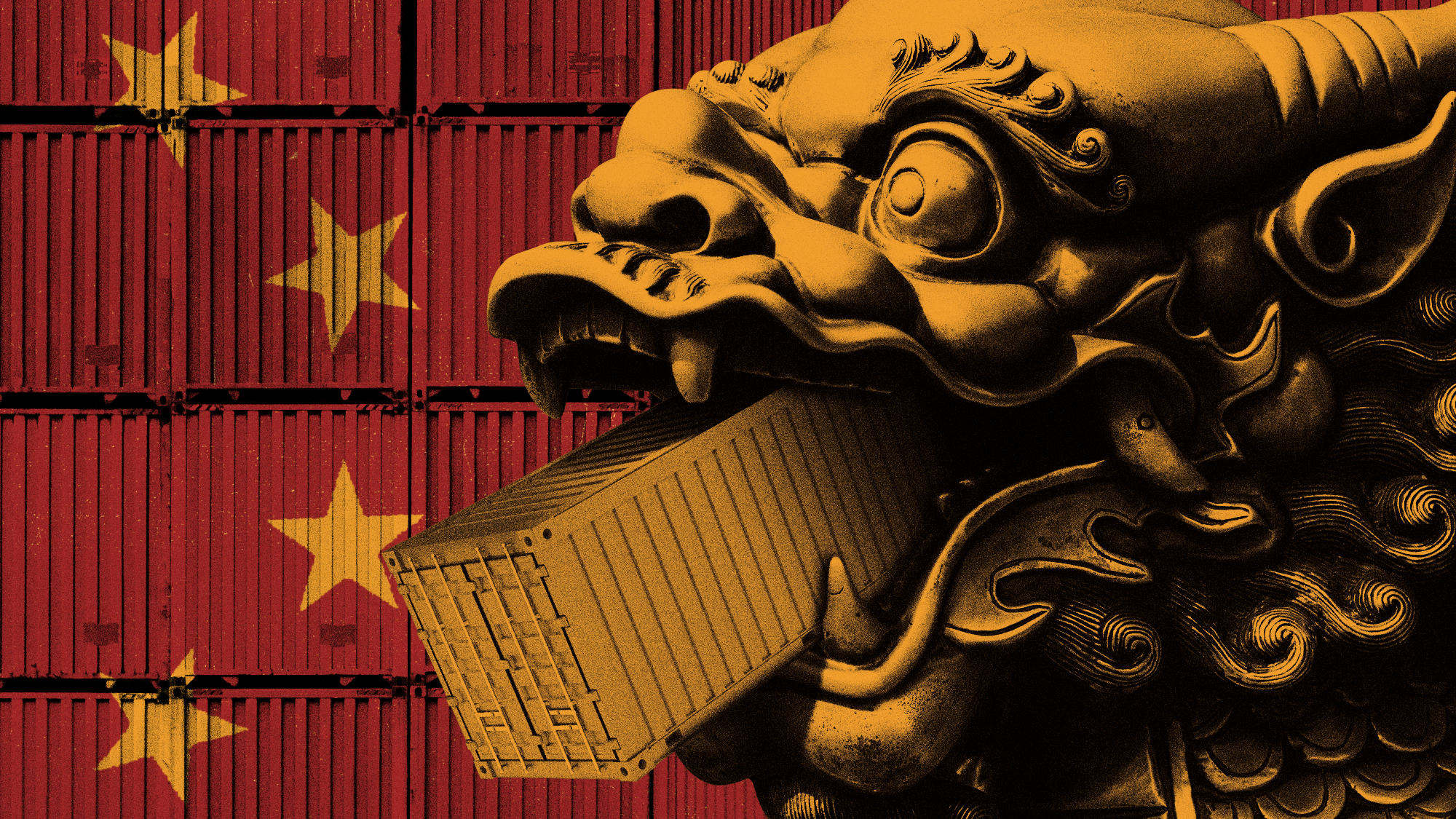 How will China’s $1 trillion trade surplus change the world economy?
How will China’s $1 trillion trade surplus change the world economy?Today’s Big Question Europe may impose its own tariffs
-
 ‘Autarky and nostalgia aren’t cure-alls’
‘Autarky and nostalgia aren’t cure-alls’Instant Opinion Opinion, comment and editorials of the day
-
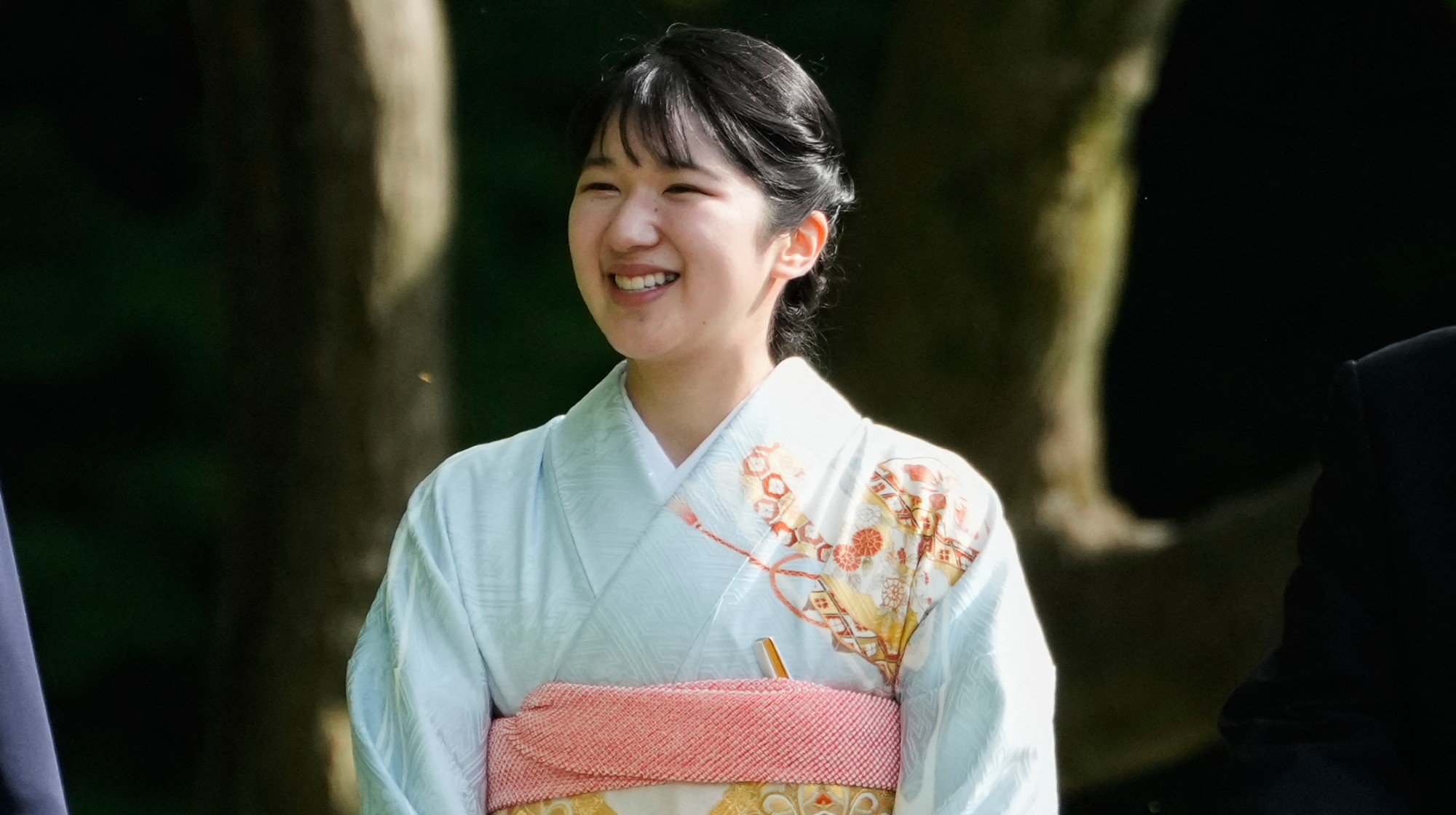 Japan’s Princess Aiko is a national star. Her fans want even more.
Japan’s Princess Aiko is a national star. Her fans want even more.IN THE SPOTLIGHT Fresh off her first solo state visit to Laos, Princess Aiko has become the face of a Japanese royal family facing 21st-century obsolescence
-
 52 ideas that changed the world - 52. Zero
52 ideas that changed the world - 52. ZeroIn Depth The technology on which you’re reading this article only works because of zero
-
 52 ideas that changed the world - 50. Money
52 ideas that changed the world - 50. MoneyIn Depth Millennia of civilisations have used mediums of exchange ranging from seashells and cows to bitcoin and cash
-
 52 ideas that changed the world - 49. Ecology
52 ideas that changed the world - 49. EcologyIn Depth Scientific ecology can be traced back to Charles Darwin and considers living things and their environment
-
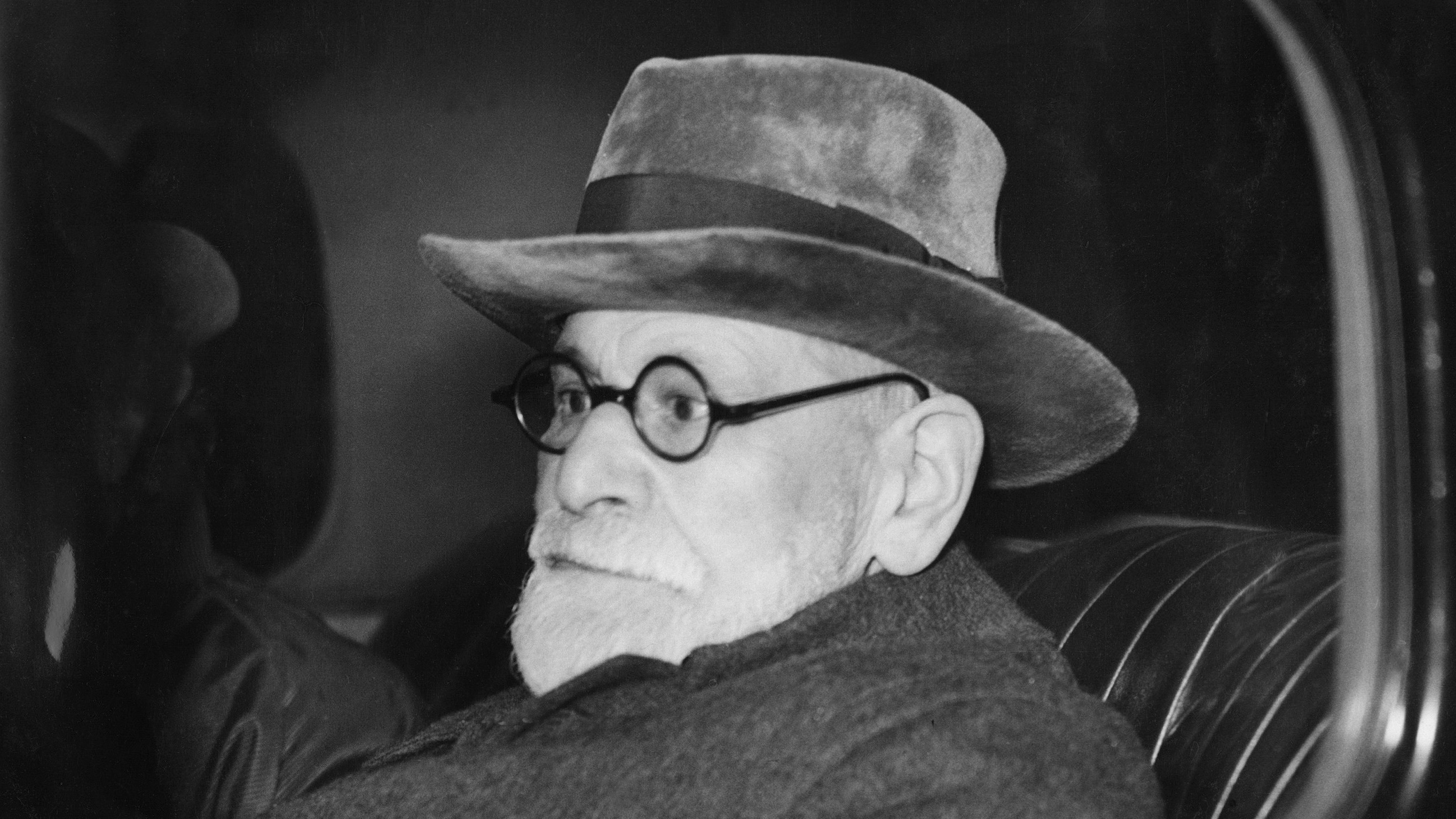 52 ideas that changed the world - 46. The unconscious mind
52 ideas that changed the world - 46. The unconscious mindIn Depth The theory of an obscured section of human consciousness has hooked psychologists for centuries
-
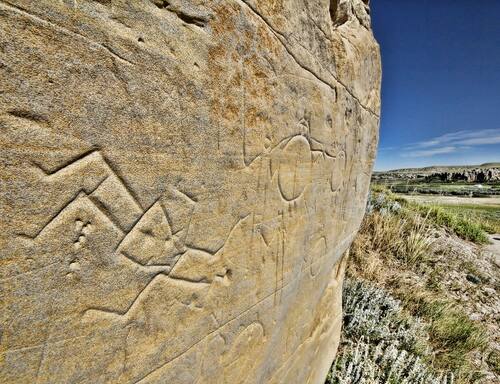 52 ideas that changed the world - 43. Writing
52 ideas that changed the world - 43. WritingIn Depth Writing is the foundation of history, great literature – and this article
-
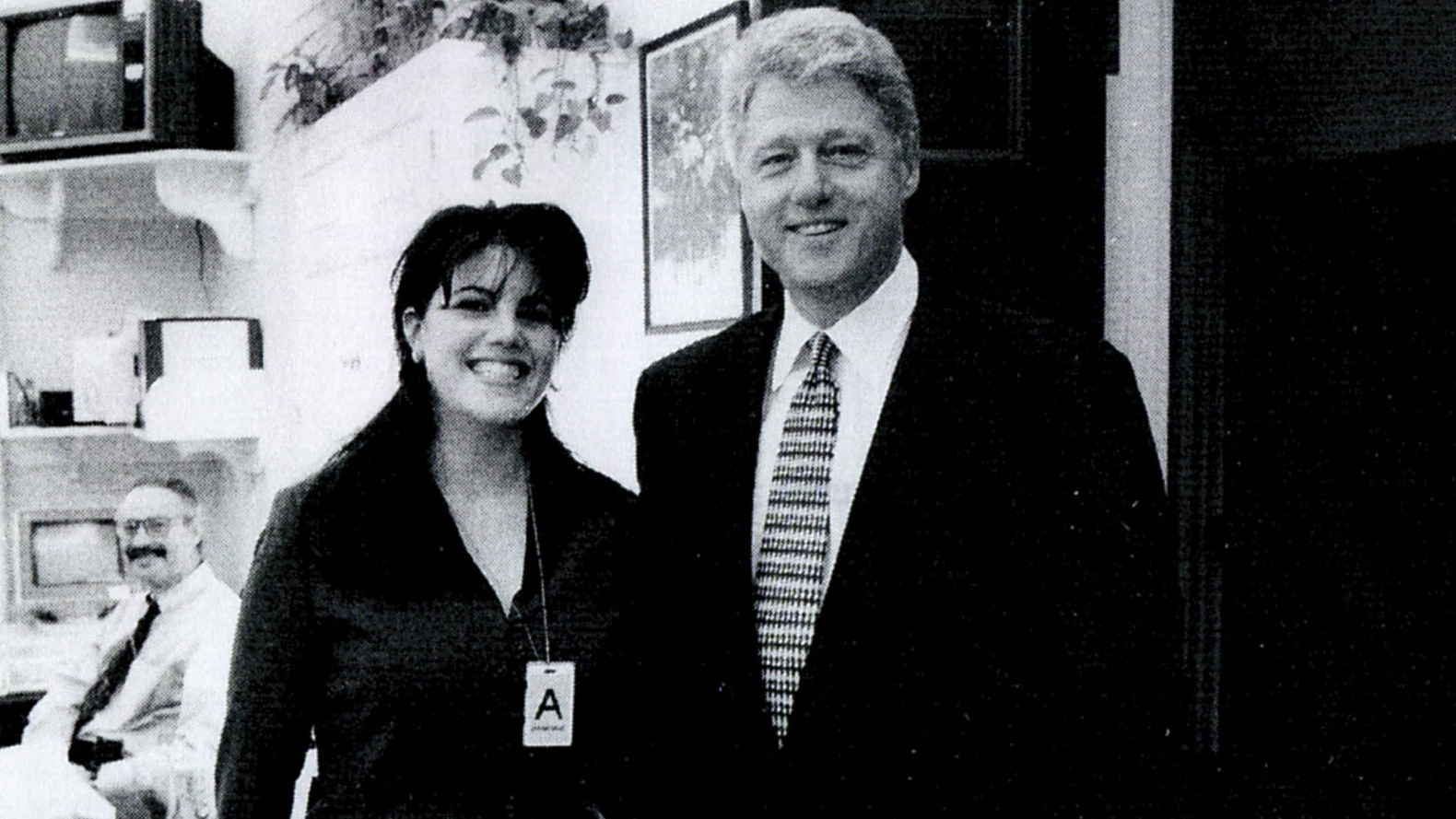 52 ideas that changed the world - 42. Monogamy
52 ideas that changed the world - 42. MonogamyIn Depth The roots of monogamy have more to do with evolution than romance
-
 52 ideas that changed the world - 41. The wheel
52 ideas that changed the world - 41. The wheelIn Depth The wheel might seem simple, but it took humans a long time to figure it out
-
 52 ideas that changed the world - 39. Selective breeding
52 ideas that changed the world - 39. Selective breedingIn Depth Domesticating animals and creating plants and crops allowed agriculture to flourish